AI Takes Flight: The Cutting Edge of Military Technology
In a stunning display of technological prowess, the U.S. Air Force has thrust AI into the Spotlight with a recent dogfight between two fighter jets in California—one piloted by a human and the other controlled by Artificial Intelligence. This event underscores the military’s rapid advancement in AI technology, which, while rooted in the 1950s, is accelerating towards futuristic applications in weapon systems and beyond.
The AI Arms Race with China
The U.S. is locked in a technological tug-of-war with China, with both nations striving to dominate the field of AI in military applications. Admiral Christopher Grady of the Joint Chiefs of Staff reportedly highlighted the urgency of developing these capabilities, indicating a critical component of future warfare. This race extends beyond mere competition; it involves a strategic necessity to maintain a technological edge, especially as concerns grow over autonomous machines in warfare.
From Learning Machines to Autonomous Deciders
The origins of AI in the military trace back to a blend of machine learning and autonomy. Early iterations, like the Navy’s Aegis missile defense system, utilized pre-programmed decision-making processes. However, today’s AI represents a quantum leap, capable of creating its own rules and applying them autonomously—a leap forward marked by the AI “big bang” of 2012, where machines began to independently write rule sets.
Innovations Beyond GPS: Navigating New Frontiers
A standout example of current AI innovation is the Air Force’s exploration of alternatives to GPS navigation, a vulnerability in modern warfare. The recent test flights on a C-17 military cargo plane utilized AI to navigate using Earth’s magnetic fields—a significant breakthrough demonstrating tactical potential in GPS-compromised scenarios.
Ensuring Safety in the Skies
Safety remains paramount as AI assumes more control in military operations. The AI-controlled F-16, dubbed Vista, incorporates robust safety measures, including mechanical limits and a safety pilot to override the AI. These precautions are critical as the AI, restricted from learning mid-flight, relies on post-flight data analysis to refine its abilities.
The Future of AI in Air Warfare
As AI continues to evolve, it promises to redefine air combat and military strategy. With each advancement, the U.S. military not only enhances its tactical capabilities but also sets the stage for a future where unmanned warplanes and AI-driven technologies could become standard. The race with China adds urgency to these developments, emphasizing the need for continued innovation and strategic foresight in adopting these next-generation technologies.
Photo courtesy of General Atomics.
Discover more from DroneXL.co
Subscribe to get the latest posts to your email.
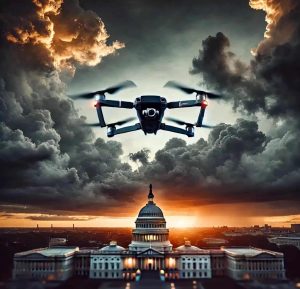

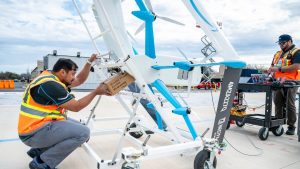
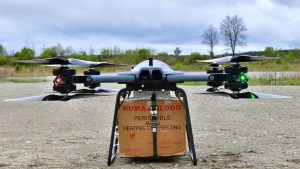

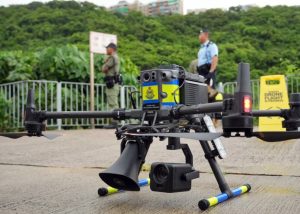
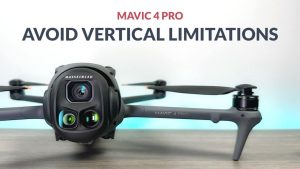

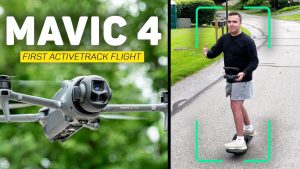

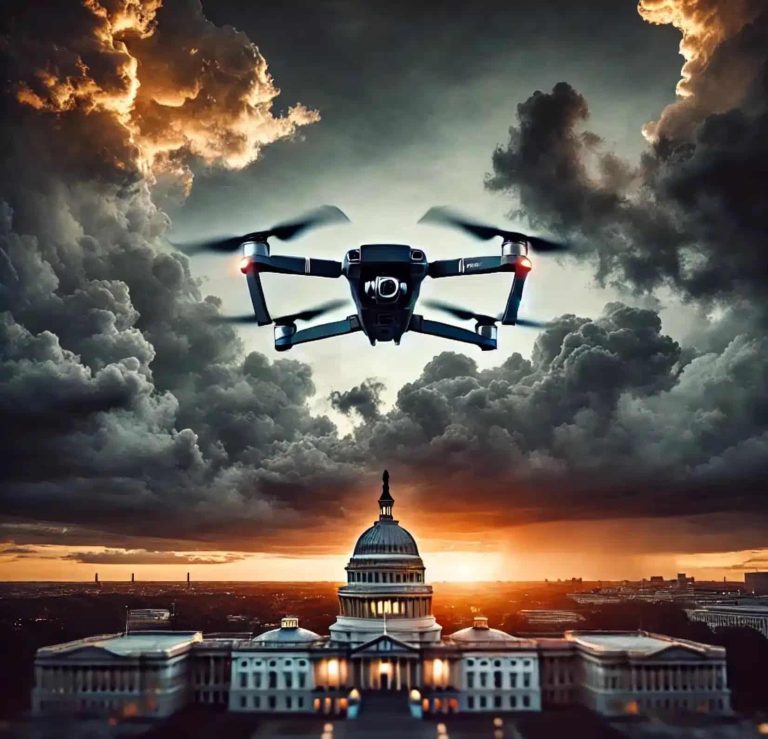
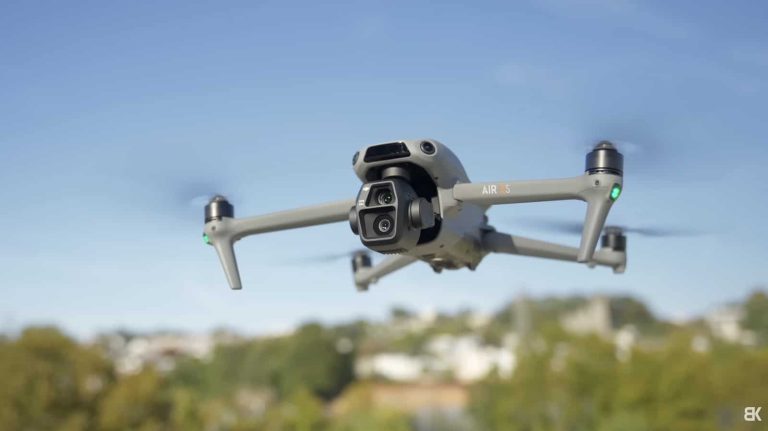
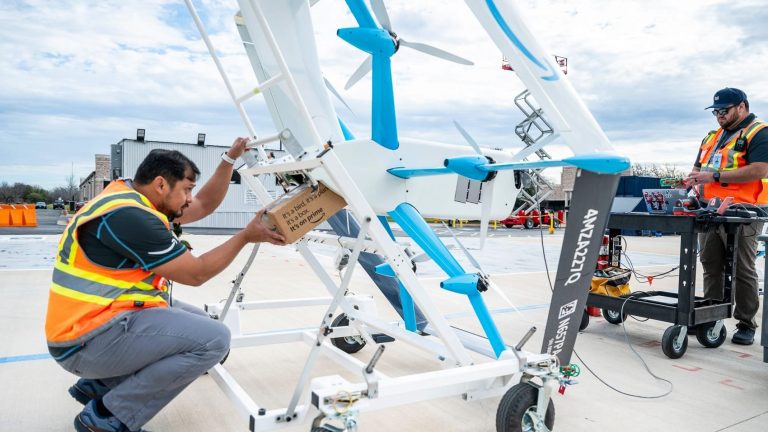
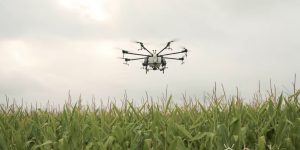

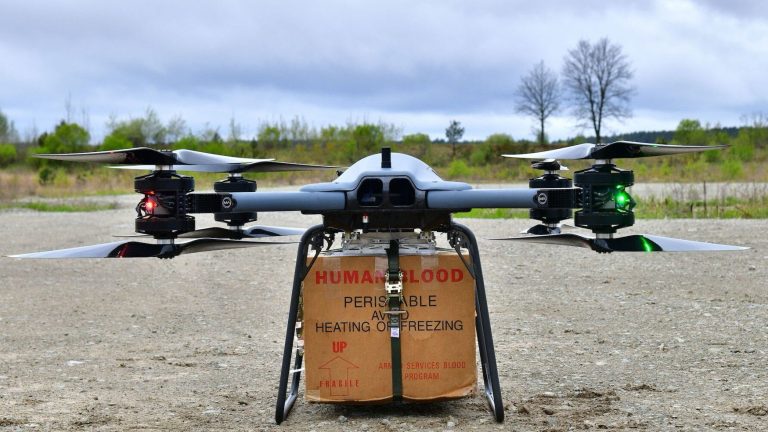
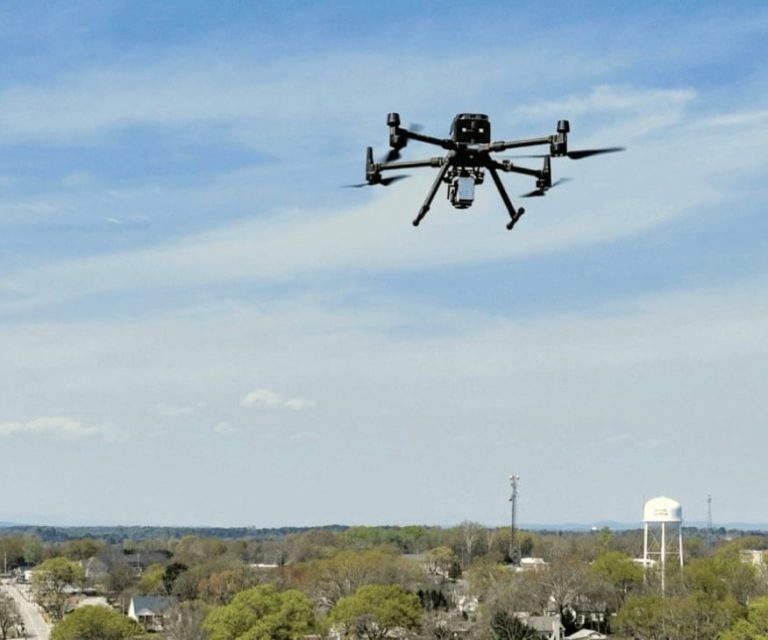
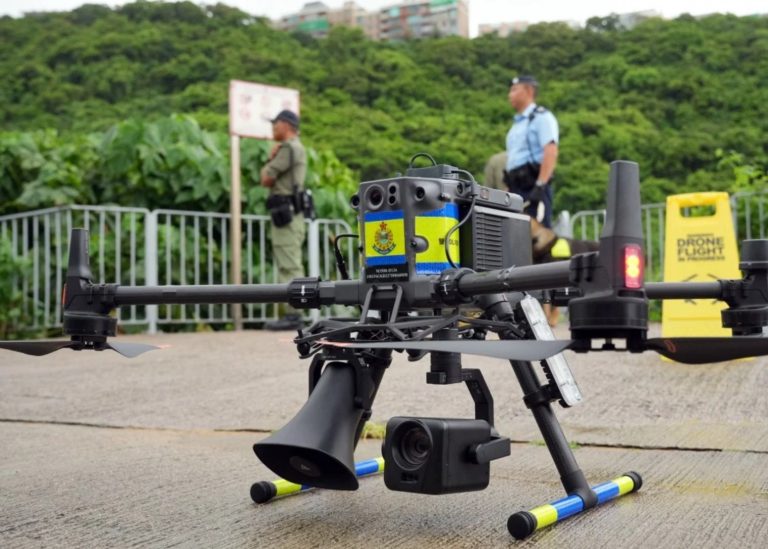
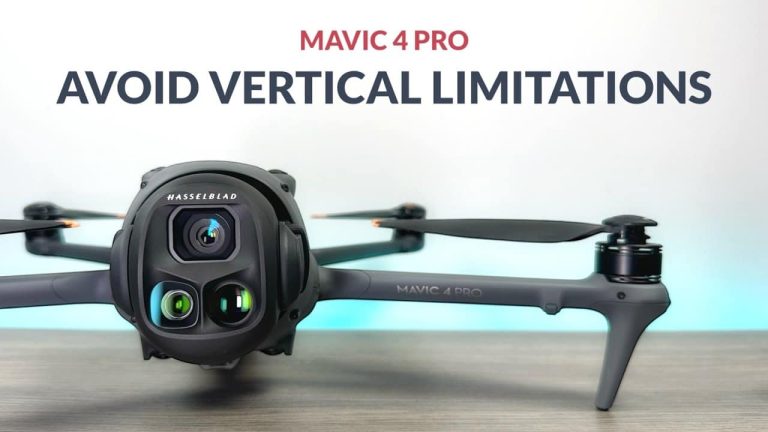

+ There are no comments
Add yours